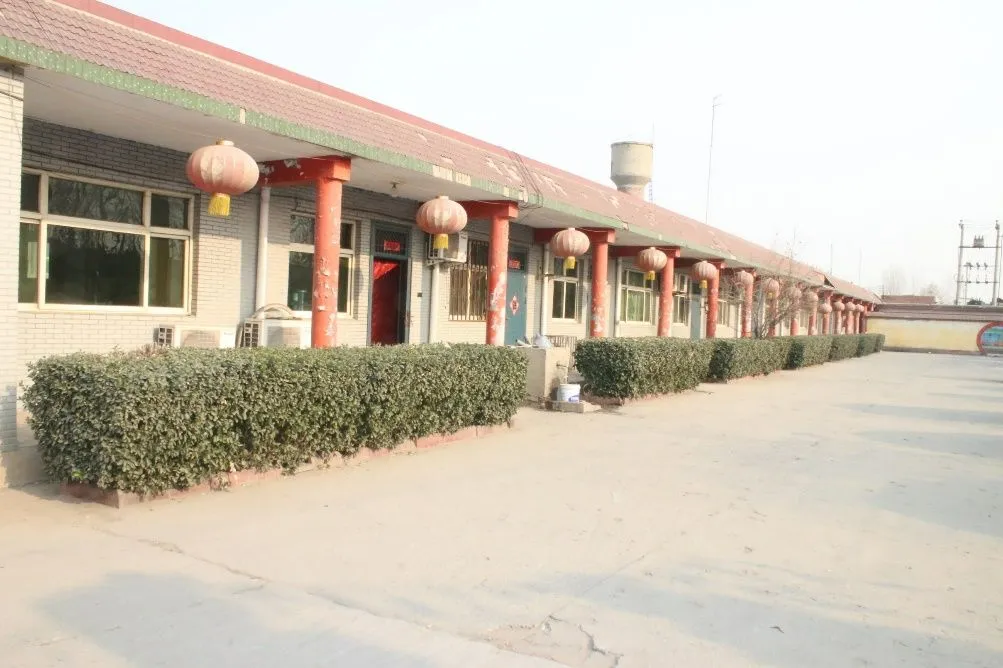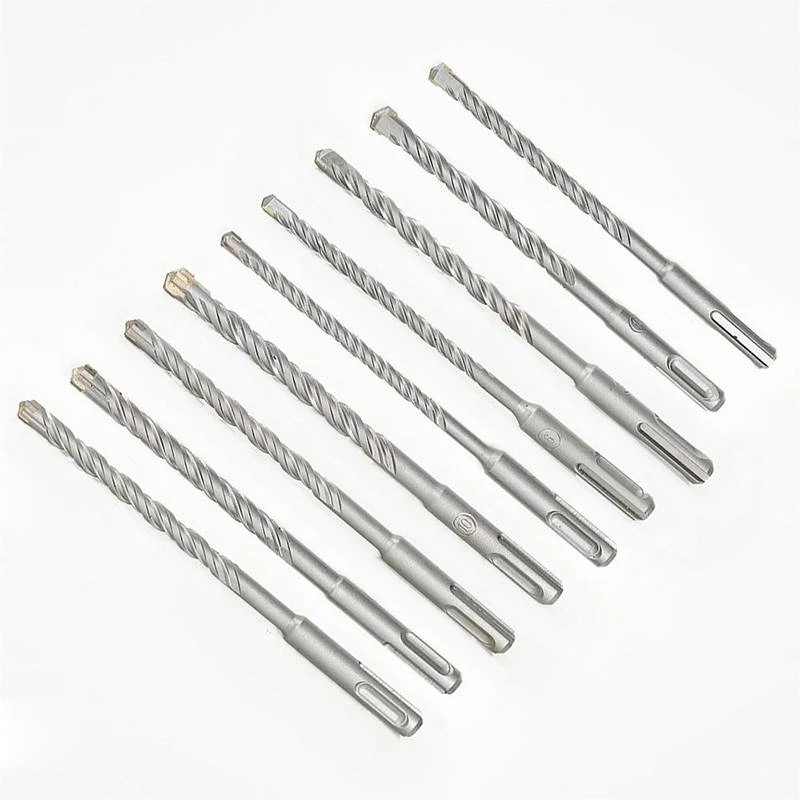different types of 7018 welding rod
Jan . 10, 2025 08:56
Understanding the variety of 7018 welding rods can significantly enhance welding projects' efficiency and quality. These rods, renowned for their exceptional arc stability and smooth weld beads, are critical in many welding applications, particularly in structural steel and industrial projects. What differentiates various types of 7018 rods are unique specifications and characteristics tailored to specific needs, making it essential to select the right one for your project to ensure optimal results.
In the realm of automation, where consistent quality is essential, 7018AC rods provide an alternative for welders using AC-only machines. Their formulation ensures consistent performance even with less-stable power supplies. This variant maintains the superior mechanical properties and weld quality associated with the 7018 classification, allowing for impressive results even under challenging electrical conditions. Choosing the right 7018 rod involves assessing the specific requirements of your welding application, such as the environment, the required tensile strength, and equipment compatibility. Welding experts often recommend consistent testing and evaluation of different rod types under actual working conditions to determine the best option for your specific needs. Proper storage and handling are also crucial for maintaining the efficacy of these rods. A controlled environment free from moisture can significantly reduce the risk of hydrogen inclusion, thereby enhancing weld quality. Experienced welders advocate for the stringent application of manufacturer guidelines regarding usage and storage to ensure these electrodes deliver their promised performance. In essence, fully leveraging the different types of 7018 welding rods can lead to higher efficiencies, fewer welding defects, and longer-lasting projects. Industry leaders prioritize understanding the nuanced differences among available rod types to tailor their use to particular project demands, thus optimizing both the process and results. This knowledge, cemented through practical experience and continuous learning, forms the backbone of successful welding operations across diverse sectors.


In the realm of automation, where consistent quality is essential, 7018AC rods provide an alternative for welders using AC-only machines. Their formulation ensures consistent performance even with less-stable power supplies. This variant maintains the superior mechanical properties and weld quality associated with the 7018 classification, allowing for impressive results even under challenging electrical conditions. Choosing the right 7018 rod involves assessing the specific requirements of your welding application, such as the environment, the required tensile strength, and equipment compatibility. Welding experts often recommend consistent testing and evaluation of different rod types under actual working conditions to determine the best option for your specific needs. Proper storage and handling are also crucial for maintaining the efficacy of these rods. A controlled environment free from moisture can significantly reduce the risk of hydrogen inclusion, thereby enhancing weld quality. Experienced welders advocate for the stringent application of manufacturer guidelines regarding usage and storage to ensure these electrodes deliver their promised performance. In essence, fully leveraging the different types of 7018 welding rods can lead to higher efficiencies, fewer welding defects, and longer-lasting projects. Industry leaders prioritize understanding the nuanced differences among available rod types to tailor their use to particular project demands, thus optimizing both the process and results. This knowledge, cemented through practical experience and continuous learning, forms the backbone of successful welding operations across diverse sectors.
Related Video
Copyright © 2025 Dingzhou Jinlong Metal Production Co., Ltd. All Rights Reserved. Sitemap | Privacy Policy




























